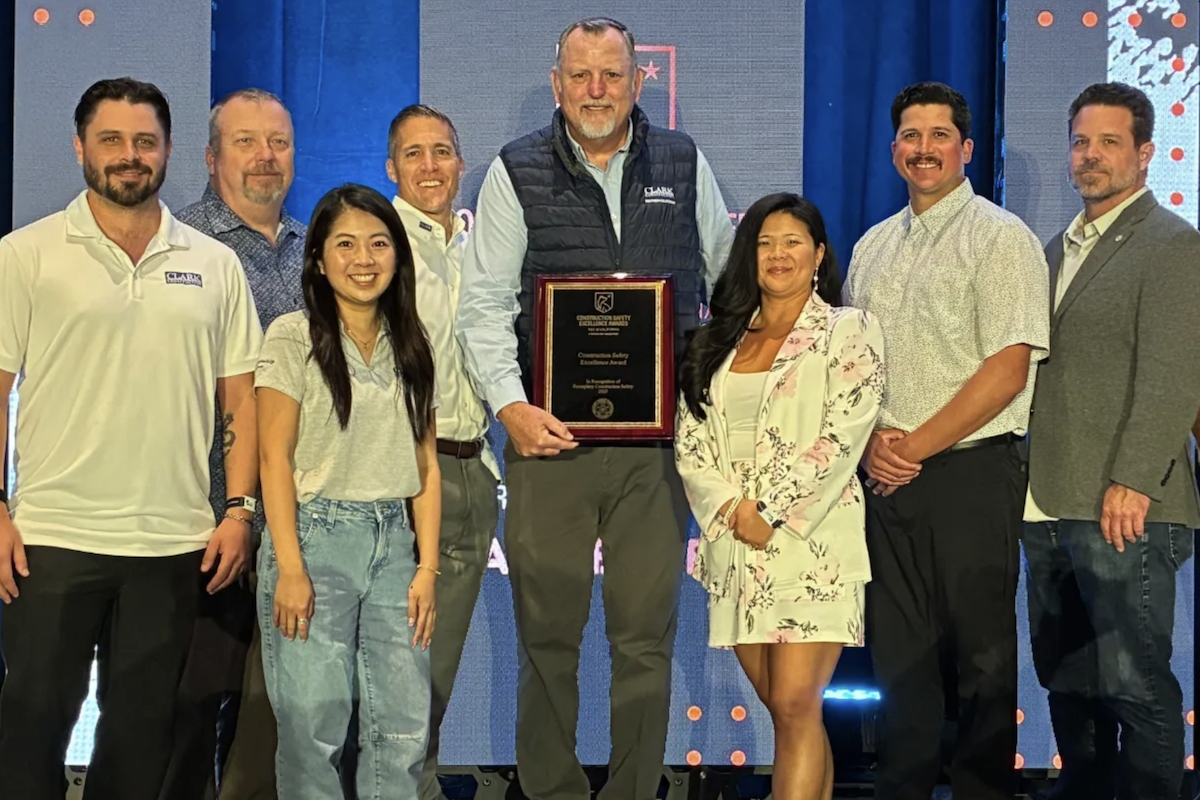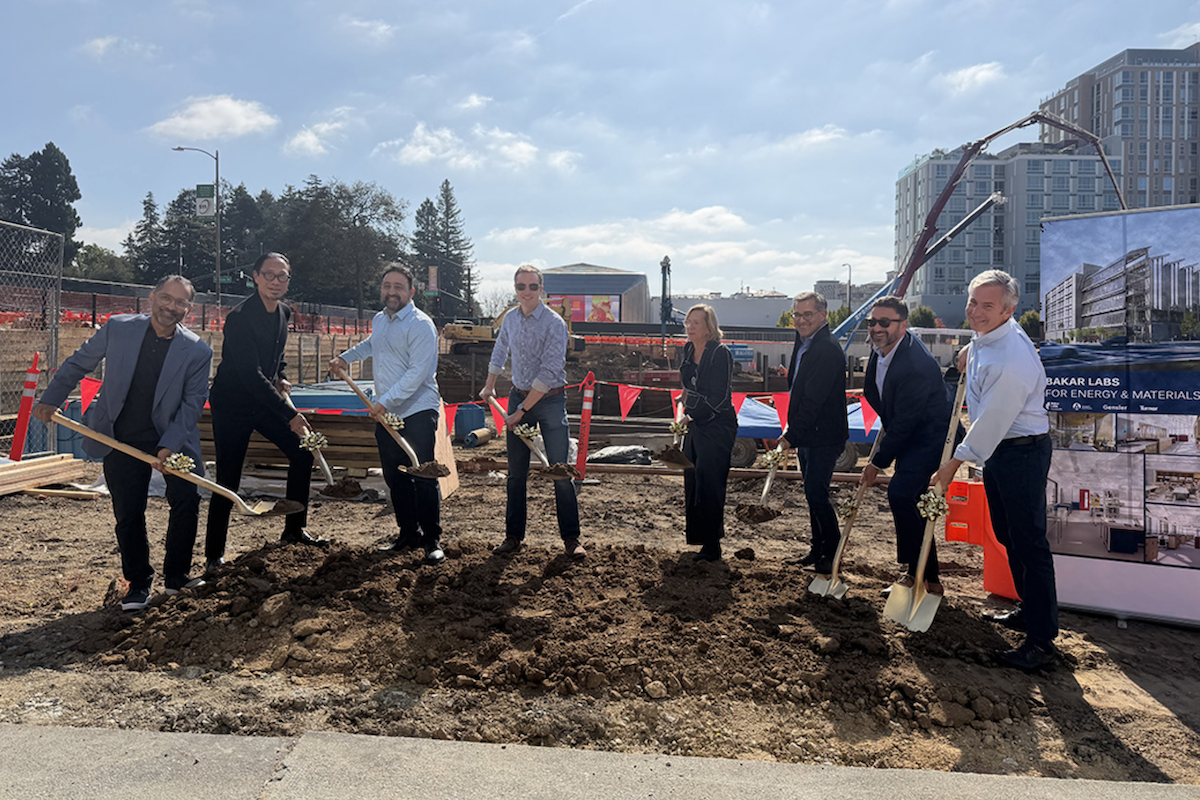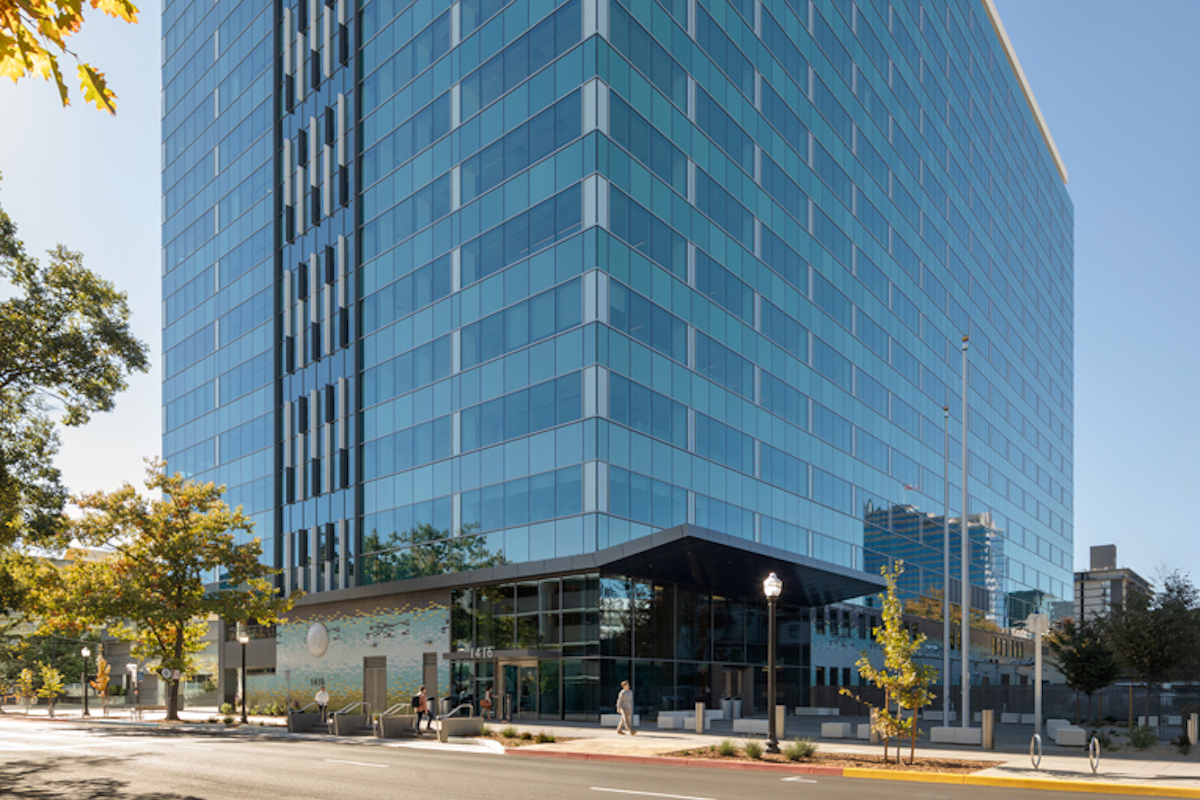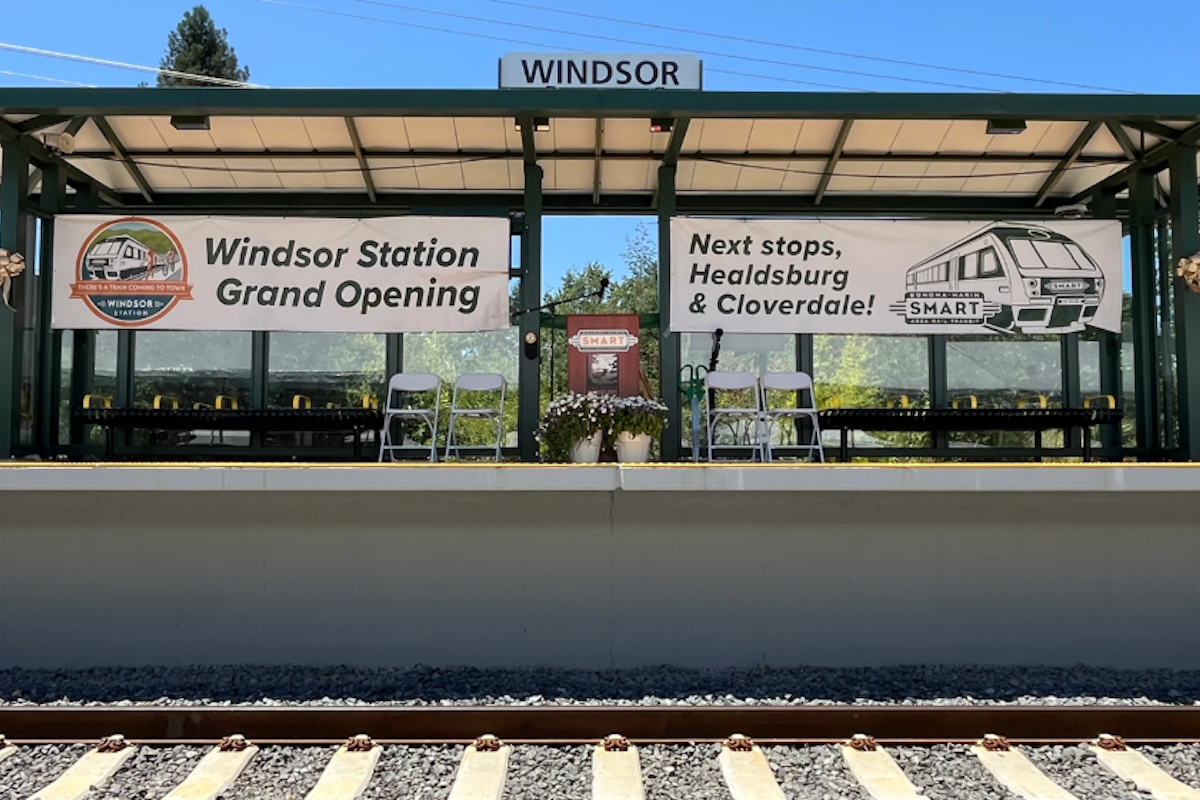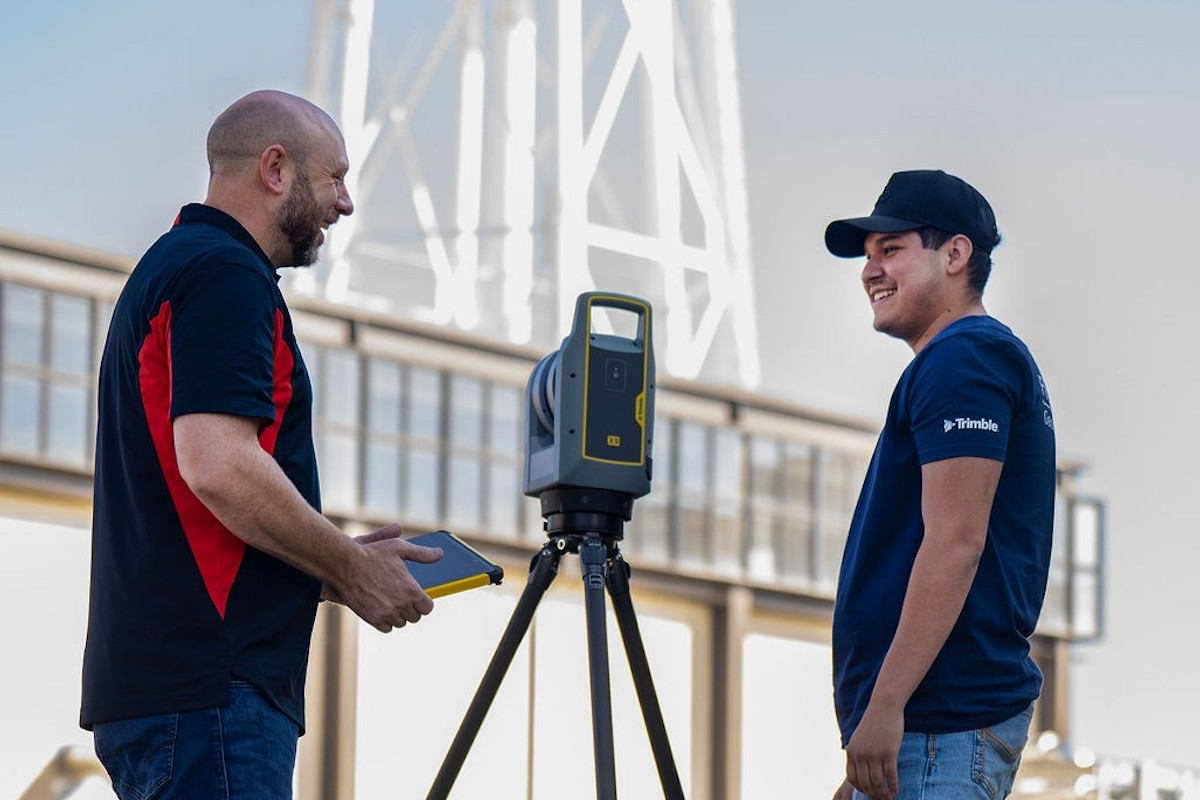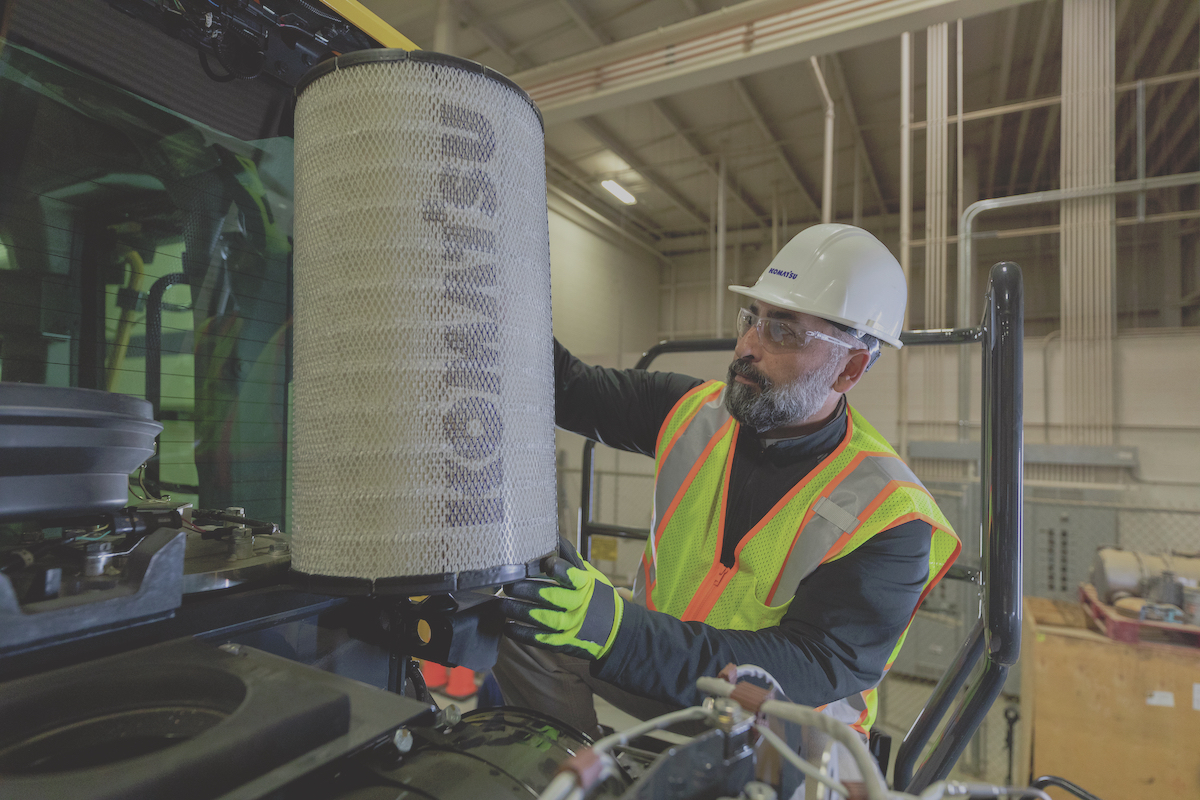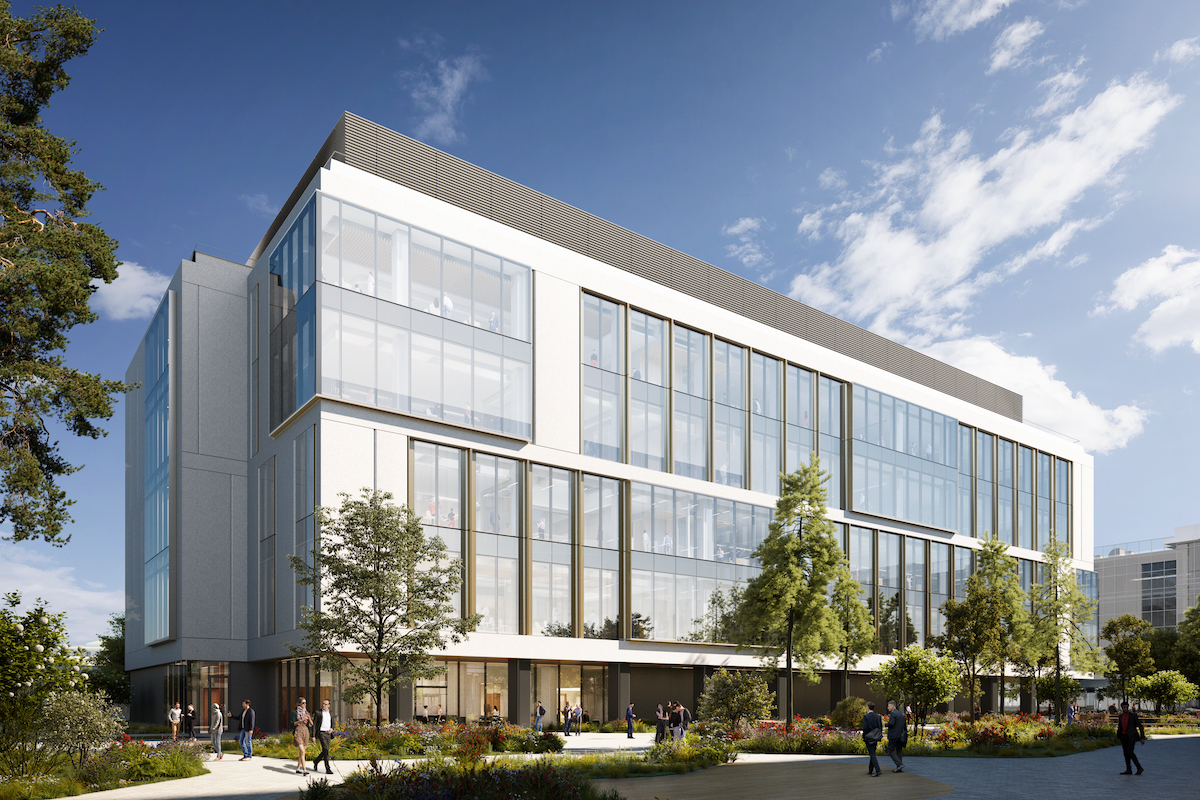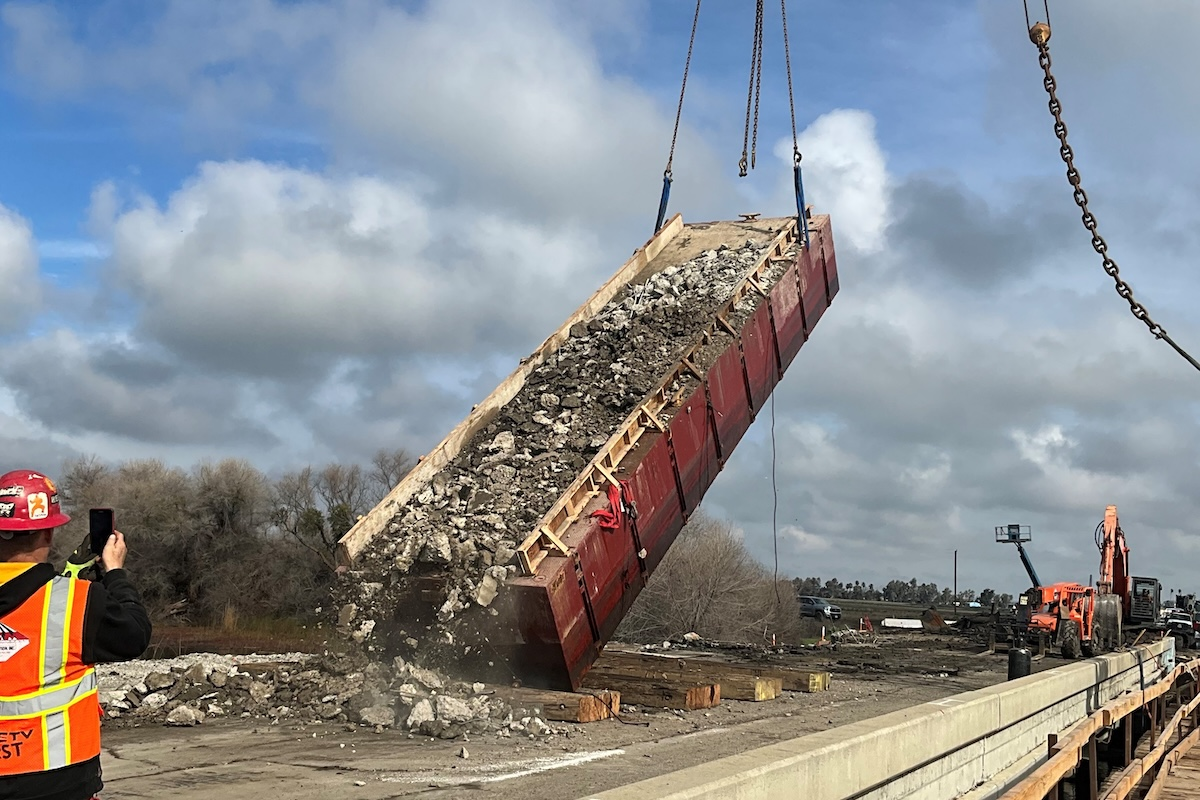Located between Glendale and Grafton, Wisconsin, the $550 million, four-year project will expand 14 miles of I-43 from four to six lanes (three lanes in each direction), reconstruct five existing interchanges, build a new interchange, replace the Union Pacific railroad bridge over I-43, and make various other improvements.
“This is a huge volume of work that’s getting done in a relatively short amount of time,” said Steve Hoff, WisDOT Design Project Manager.
To make the work more manageable and provide funding flexibility, WisDOT broke the project into five separate, low-bid construction contracts, starting with initial work zone prep in late 2021 to get ready for the four mainline projects. Those four projects range from $50 million to over $200 million (see “14 Miles in Five Parts”). In total, WisDOT awarded $414 million in construction contracts.
Largely funded by federal sources with some state dollars, as well as local support for work requested by individual communities, the project is designed to eliminate current congestion, accommodate future traffic volumes, address pavement and structural needs, and improve safety on one of the busiest routes in the state.

| Your local Gomaco dealer |
|---|
| Terry Equipment |
The County Line segment in the middle of the corridor reached substantial completion in mid-2023, but work zones still stretch across the rest of the job.
“2023 is the busiest year for the project,” Hoff said. “County Line was just wrapping up as the Mequon Road Interchange segment started, so they almost overlapped where everything was under construction at the same time. As we get into upcoming years, we’ll keep finishing pieces.”
The last work on the project is anticipated to finish in mid-2025. To speed up the schedule as much as possible, WisDOT included their expectation of extraordinary forces in construction contracts.
“With the amount of work that needs to happen and the schedules, contractors are bringing in tremendous amounts of crews,” Erdmann said. “At any given point of the year on one of the pieces, the paving, earthwork, or structures crews are sometimes double or triple the crews they would bring for other projects.”
To achieve that, “Initially we came through with a lot of temporarily widened shoulders at the median and on the outside to give us enough width in the roadway to transfer all the traffic to one side of the road,” he said.
That opens up the other side of the roadway for reconstruction and widening. Once crews finish the first side, they shift all four lanes to the new pavement and construct the other side. In addition to keeping traffic moving, that plan helps with construction access.
“Since we’re in staged construction where the work zones are isolated from the traveling public, contractors only need a couple main access points that can usually be achieved off local roads, ramps, or other more-isolated areas,” Erdmann said.
When trucks or equipment need to come directly off the mainlanes, WisDOT requires contractors to set up acceleration/deceleration lanes.
“That provides a safe passage not only for the contractor, but for the traveling public,” Erdmann said. “Any time they don’t have that set up, access from the mainline has been done overnight through lane closures.”
“We have to build a longer bridge over the wider freeway, with it going from four lanes and hardly any shoulders to six lanes with full shoulders,” said David Nguyen, WisDOT Design and Construction Chief.
The new bridge is built parallel to the existing bridge, which remains active during construction.
“Because the track there is on a long curve, we were able to shift the new bridge about 40 feet to the north and didn’t have to build a temporary structure, which would be like a throwaway cost,” Hoff said. “That helped with the overall staging and cost.”
Building the new railroad bridge led to widening a section of Port Washington Road, which runs parallel to I-43 on the east side.
Previously, although Port Washington Road included four lanes to the north and south, “That section of road could only be two lanes because of the railroad bridge,” Hoff said. “Once it became apparent that we needed to replace the bridge, Glendale approached us about widening Port Washington Road, so we have a cost-share with them to do that. We made the railroad bridge longer to accommodate that.”
After the bend where the new bridge crosses I-43, “The railroad tracks run parallel to the freeway all the way to the north end of our project,” Nguyen said. “Throughout the corridor, like with the new interchange at Highland Road, we had to go over the railroad and a couple at-grade crossings.”
All that construction requires extensive coordination with Union Pacific and a flagger any time work occurs within 25 feet of the tracks’ centerline.
“In the Glendale area on the south end, that’s our real tight, urban, dense corridor,” Hoff said. “We have a high school and Jean Nicolet Road, which is like a frontage road, on the west side; then the freeway; then Port Washington Road on the east side. It’s all packed together so it takes coordination with Glendale; the Villages of Fox Point, Whitefish Bay, River Hills, and Bayside; and the City of Mequon. They’re all right there. We worked on the coordination for years on the design side to get all those pieces to fit together.”
In the corridor’s northern 10 miles, “We were fortunate that it’s a lot more rural as we get into Ozaukee County, so it opened up quite a bit where we have room within the median area to add the third lane,” Hoff said. “That helped reduce impacts to the outside, where we have a lot of wetlands and other natural features.”
Those sensitive environmental resources required a detailed erosion control plan and extensive coordination with the Wisconsin Department of Natural Resources and U.S. Army Corps of Engineers. One of the project’s most unique features is the reconstructed box culvert that carries Fish Creek under I-43. That structure incorporates twin 7-foot-wide by 5-foot-high cells with a large junction structure on the west end.
Another unique feature is the 12-foot manhole in the North End segment, designed to accommodate four sewer pipes – one 60-inch, two 36-inch, and a 30-inch – needed for drainage. The manhole weighs nearly 100,000 pounds and required a mobile crane instead of a backhoe to handle it.
As work progresses, the North End segment will reach substantial completion in 2024, with construction on the Mequon Road Interchange and South End segments continuing into 2025.
- Owner – Wisconsin Department of Transportation; David Nguyen, Design and Construction Chief; Manojoy Nag, Design Supervisor; Jay Obenberger, Construction Supervisor; Thomas Erdmann, Construction Project Manager; Steve Hoff, Design Project Manager; Dan Sellers, Regional Communications Manager; Keegan Dole, Construction TMP Lead
- Prime Contractors – Michels Corporation, Brownsville, Wisconsin; Zignego Group, Waukesha, Wisconsin; Hoffman Construction Company, Black River Falls, Wisconsin
- Key Subcontractors – DK Contractors, Inc., Pleasant Prairie, Wisconsin; James Peterson Sons, Inc., Medford, Wisconsin; Lunda Construction Co., Black River Falls, Wisconsin; Payne and Dolan, Waukesha, Wisconsin; Stark Pavement Corp., Brookfield, Wisconsin; Trierweiler Construction, Marshfield, Wisconsin; Vinton Construction Company, Manitowoc, Wisconsin; Volkman Railroad Builders, Menomonee Falls, Wisconsin; Zenith Tech, Waukesha, Wisconsin
- Design and Construction Consultants – Benesch, Milwaukee; Bloom Companies, LLC, Milwaukee; Collins Engineers, Inc., Milwaukee; CORRE, Waukesha, Wisconsin; DAAR, Milwaukee; De Vor Communications, LLC, Germantown, Wisconsin; GESTRA Engineering, Milwaukee; Heritage Research Ltd., Menomonee Falls, Wisconsin; HNTB, Milwaukee; Jacobs, Milwaukee; JT Engineering, Milwaukee; Kapur Inc., Milwaukee; Lakeside Engineers, Wauwatosa, Wisconsin; Lynch & Associates Engineering Consultants, LLC, New Berlin, Wisconsin; Michael Baker International, Milwaukee; Mortenson, Milwaukee; raSmith, Milwaukee; Spann & Associates, LLC, Germantown, Wisconsin; Wisconsin State Patrol
Hoffman Construction Company of Black River Falls, Wisconsin, was awarded the first $6.86 million contract for work zone prep. In late 2021, they rehabilitated shoulder sections and provided temporary widening in various parts of the corridor.
Mainline construction includes (from north to south):
- North End Segment – $107.5 million contract awarded to Michels Corporation of Brownsville, Wisconsin. They started construction in early 2022 and are scheduled to finish in mid-2024. In addition to I-43 reconstruction and widening, their work includes reconstructing one interchange and building a new interchange.
- Mequon Road Interchange Segment – $50 million contract awarded to Zignego Group, Waukesha, Wisconsin. Their work to reconstruct the interchange began in mid-2023 and is scheduled to finish in mid-2025.
- County Line Road/Port Washington Road Interchange Segment – $49.5 million contract awarded to Hoffman Construction. In early 2022, they started work on Port Washington Road widening, a reconstructed interchange, and freeway reconstruction and widening. They finished in mid-2023.
- South End Segment – $201 million contract awarded to Hoffman Construction. They started work for this segment in early 2023 and are scheduled to finish in mid-2025. In addition to I-43 reconstruction and widening, crews are building the new railroad bridge and two reconstructed interchanges, including the first diverging diamond interchange in WisDOT’s Southeast Region.

























